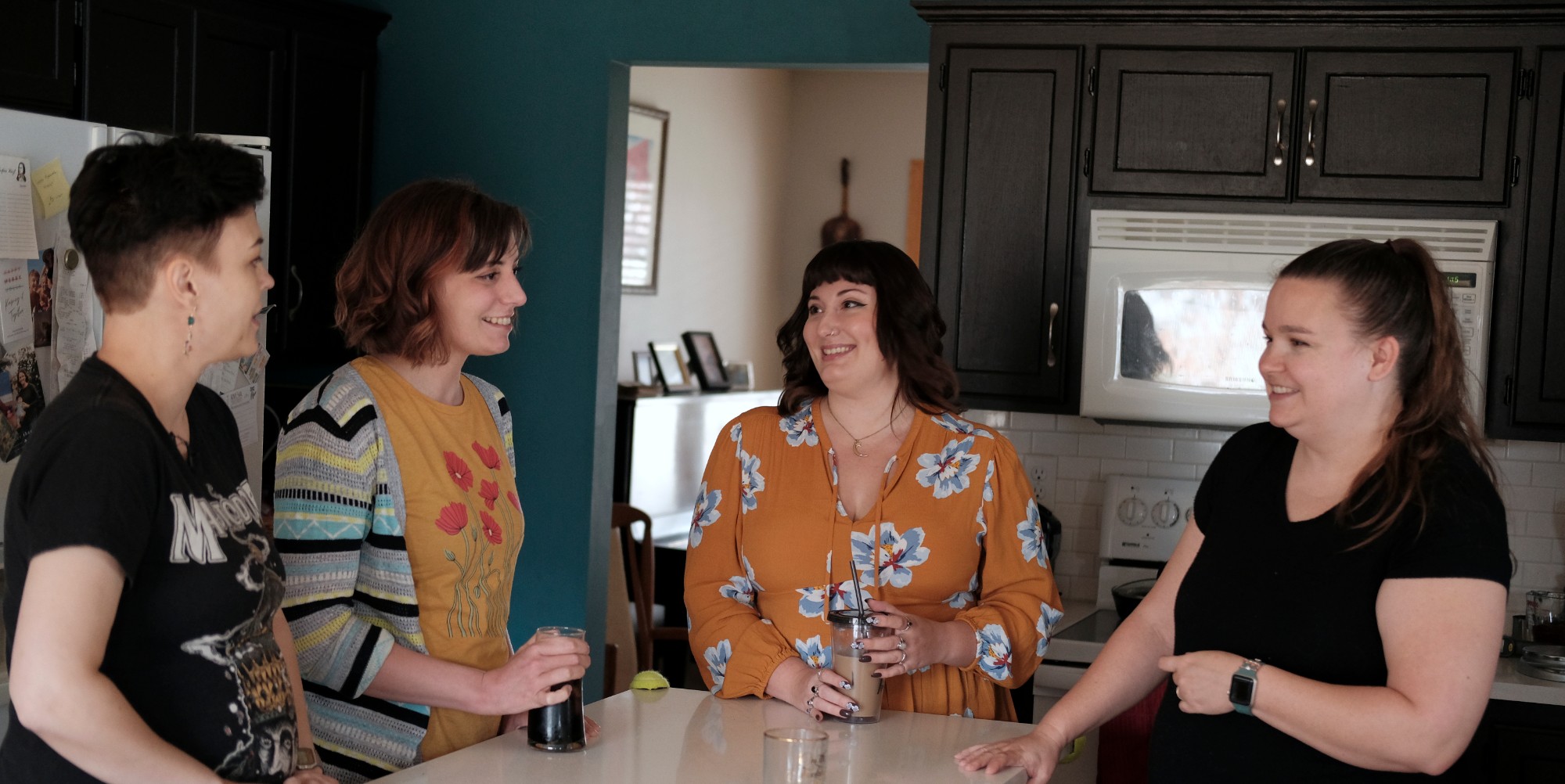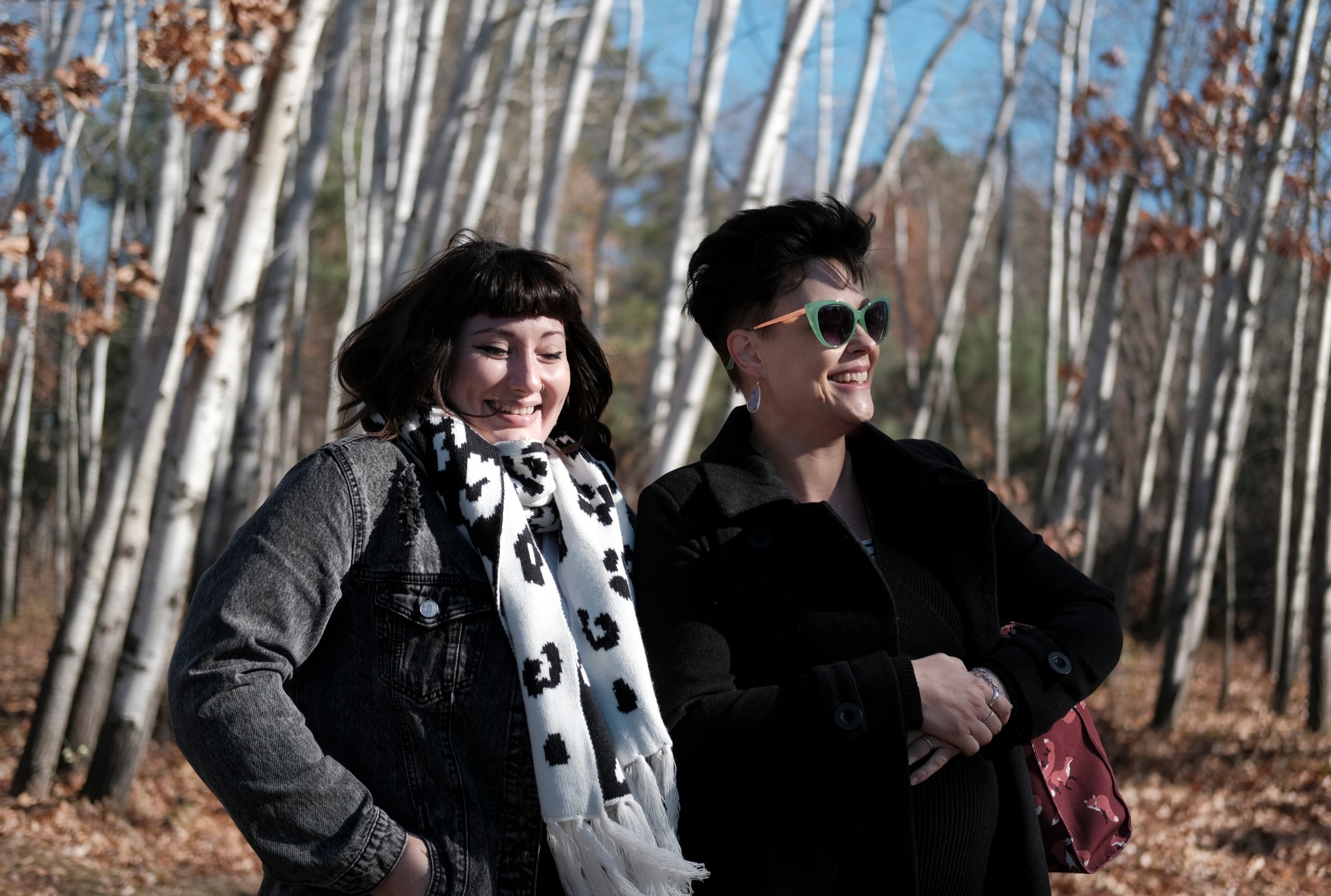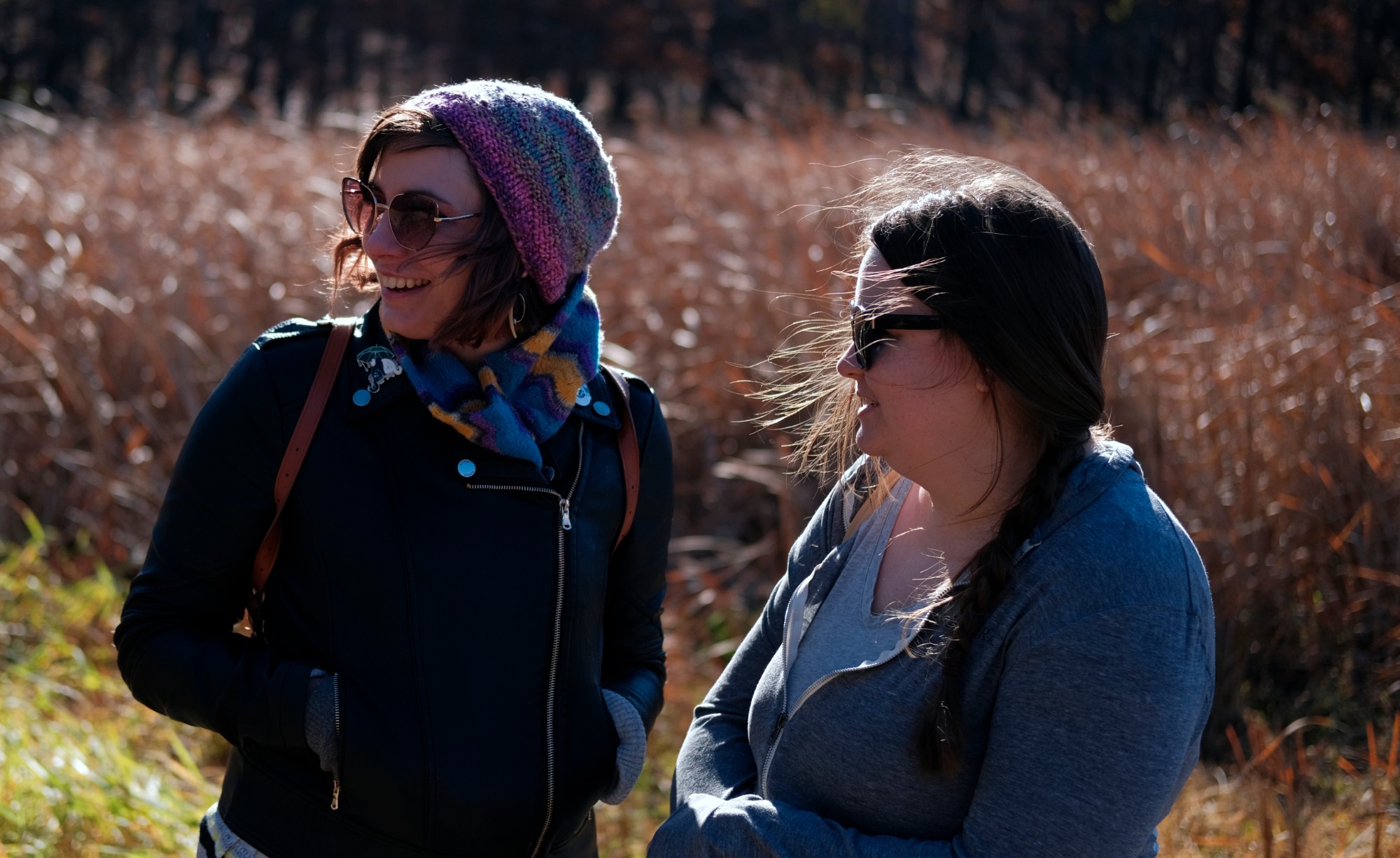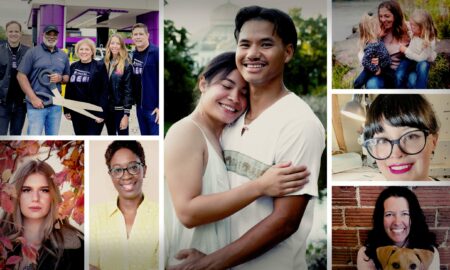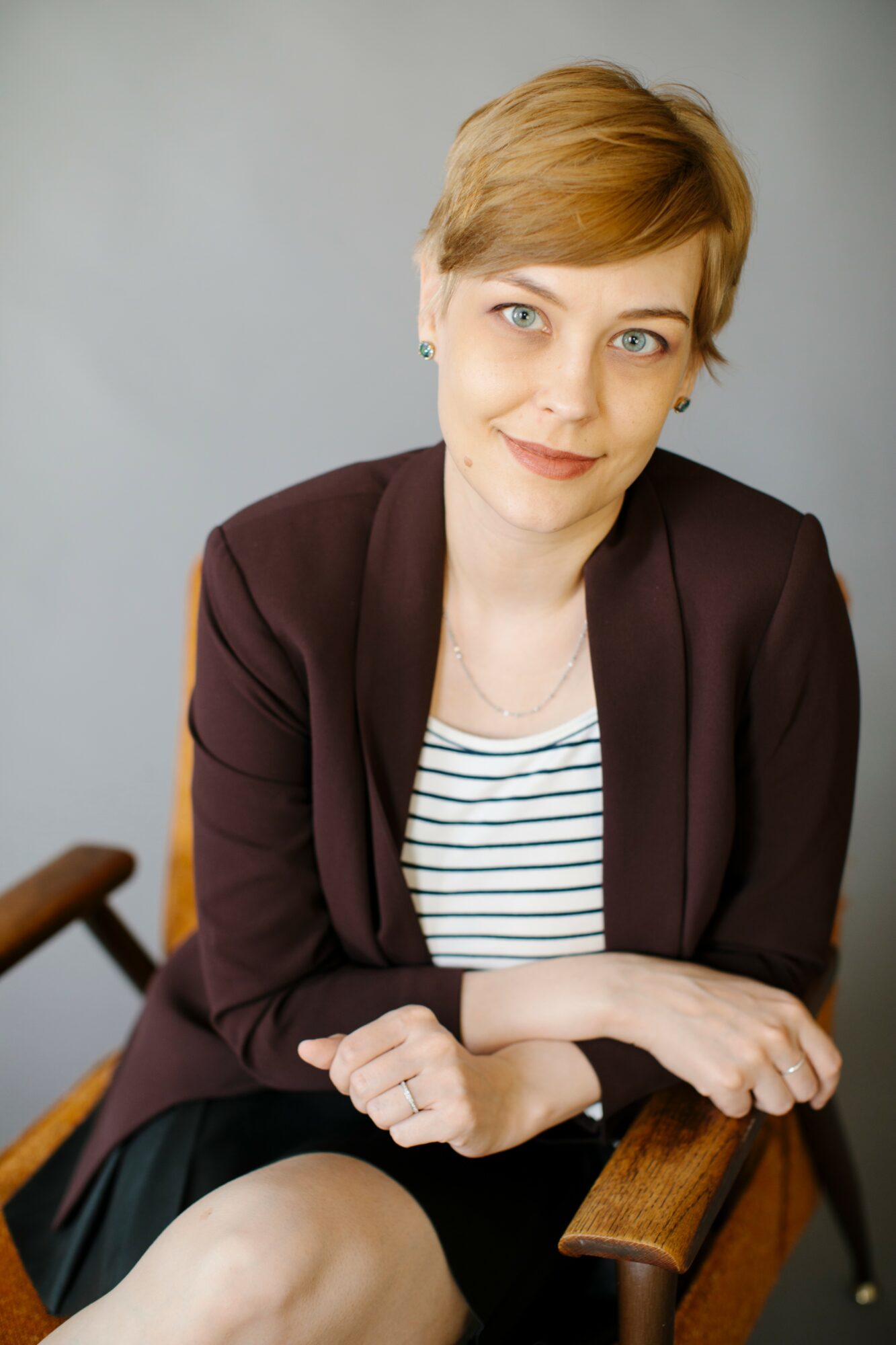

Today we’d like to introduce you to Ashley Kohler
Hi Ashley, it’s an honor to have you on the platform. Thanks for taking the time to share your story with us – to start maybe you can share some of your backstory with our readers?
Northern Pyre started as a COVID project. The isolation from others made me feel like they were all frozen in time. When I lost my grandpa, it was more surreal than sad at first. I didn’t know that the Christmas before would be our last together, I didn’t even know he was sick. My family isn’t the type to mourn together, so I mostly kept my grief to myself.
Every step of Grandpa’s funeral process seemed designed to tamp down emotion. Like the post-vaccine memorial service, where his cremated remains sat in a plain white box next to an American flag (he was a veteran and would be buried at Fort Snelling). We didn’t talk about Grandpa or share stories with strangers. We kept to our own little familiar groups and caught up on life updates. After the gutting volley salute in the cemetery, we were given some time to collect ourselves before being shooed away for another group coming through in 15 minutes.
My grandpa’s death made me think about my own. When I discovered that there was an open-air funeral pyre in Crestone, CO, I knew I wanted it for myself. Not just because its roots in tradition stem from a time that was more realistic and celebratory with death (it still is in parts of the world!), but because I wanted my loved ones to experience my physical passing into a non-corporeal form. They could talk and cry and feel whatever emotions they wanted. Vulnerability happens at bonfires, and it happens at pyres.
Because of the overwhelming demand, Crestone limits its cremations to members of Saguache County. I was disappointed, but it did spur me to register Northern Pyre as a nonprofit and build a business model around cremation services.
Alright, so let’s dig a little deeper into the story – has it been an easy path overall and if not, what were the challenges you’ve had to overcome?
When I think of our road, I see moss in a forest: we can follow it, but it’s not always clear. There are so few nonprofits like ours (CEOLP in Colorado, Good Ground Great Beyond in Maine) that we don’t have a blueprint. Pyres aren’t even considered as a body disposal method in the Western World.
Right now, we’re challenged by a lack of awareness. Many people in Minnesota don’t like to think or talk about death, so options beyond the standard cremation or burial are extremely foreign (or too taboo to bring up in polite conversation). Death is only referenced in the presence of trusted loved ones. Grief is punishingly private.
Word-of-mouth is our most reliable metric for alerting folks to our services, and it hasn’t been easy to find those small and passionate groups. Luckily, nine times out of ten, the idea of a community pyre is intriguing enough that it sparks a discussion.
Appreciate you sharing that. What should we know about Northern Pyre?
Northern Pyre is a nonprofit dedicated to creating the first outdoor funeral pyre in Minnesota. We’re designated as a (c)(13), which specializes in cemeteries and crematoriums. All donations go to support our perpetual care fund. This includes site and equipment maintenance, landscape upkeep, and property costs.
Open-air cremation uses the same concept as closed cremation – a flame-based method of body disposition – and brings it outside under the sky. Wood is used as fuel, and the body can either be placed on a platform or (in our case) nested in an open container. Because there is no filtering process, extra care is taken to ensure that anything hazardous is removed prior to cremation.
As of today, Crestone, CO is the only location in North America that is able to offer open-air cremation. There is no legislation that allows for this practice, but Crestone has been granted a conditional use permit that’s contingent on meeting specific health and safety requirements. We’re working to obtain something similar for Minnesota as well.
The act of burning a body to ashes on a pyre has been a cultural tradition for thousands of years, and is a respectful way to honor and grieve our loved ones. We want this included as a funeral rite option, open to anyone.
Do you have any advice for those just starting out?
If I could boil all my mistakes down, they would be reduced to three lessons:
Lesson one: Ask for help.
I absolutely dread asking for help, an unfortunate side-effect of working in a corporate environment for ten years. I don’t want people to think that I can’t do things on my own, and I don’t want to be in anyone’s debt. But if you surround yourself with the right people, you know the help you need is coming from a loving and supportive place.
I don’t manage Northern Pyre by myself, and every day I’m grateful for the Board of Directors. I’ve never felt shy about asking for their help. When we needed guidance on conditional use permits, I asked for help from an architect mentor of mine. When we needed legal interpretations, we asked a lawyer. We combed our network and called strangers across the country and did grassroots learning about our audience and our services.
Humans are not meant to do anything alone, hence our tendency to clump together in communities. Your ape brain wants you to ask for help.
Lesson two: Be unmarketable.
I’m NOT saying, “Don’t market yourself.” That is an unavoidable dance for nonprofits and for-profits alike. I’m saying, be authentic to yourself and your audience. There is tremendous pressure to monetize some version of your service/product by making it more palatable and appealing to a wider group of people.
When you start a business, you will get a ton of advice. Sometimes folks throw a little anxiety in there:
– “Do you really think people want that?”
– “That’s kind of out there.”
– “I’d be traumatized, that’s absolutely ghoulish.” (you might not hear this one as often, but I lost sleep over it)
Naturally, this makes you doubt yourself and you start thinking about what you’d need to fix about your idea to make it acceptable to these people. Something compels you to be marketable to them. DON’T BE.
If you catch yourself saying, “This isn’t something I want, but it needs to happen for this to succeed–” Stop. You’ll be on a slippery slope for resentment and burnout. If your project is worthwhile enough for you to dedicate time to it, it’s coming from an authentic and passionate place. Please don’t dilute this passion for random naysayers.
Lesson three: Make a Complitence folder.
“Complitence” is short for “compliments about competence.” Direct and sincere acknowledgements of hard work. Mine is a folder in my email, but yours could be an actual folder or a box or whatever says “collection” to you.
Fill this folder with compliments about some work you did. Something that made you feel very proud of yourself. Maybe the compliment was coming from someone you respected, or a stranger who wanted to share a story, or someone admiring your work in a forum/article/post. The only rule is: It needs to be something that you believe.
Whenever you feel doubt or fear (perhaps from an incident relating to Lesson Two), open this folder. Remember all the people who believe in you and like your idea the way it is. This is your audience. Their energy will help replenish yours.
Contact Info:
- Website: https://www.northernpyre.com/
- Instagram: https://www.instagram.com/northernpyre/
